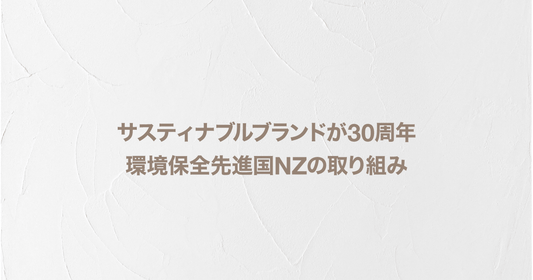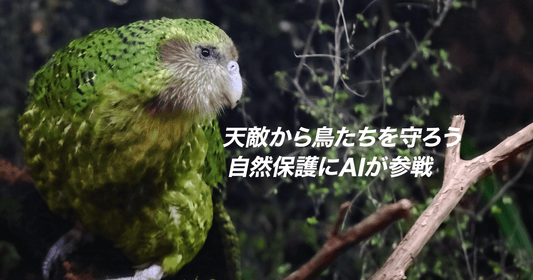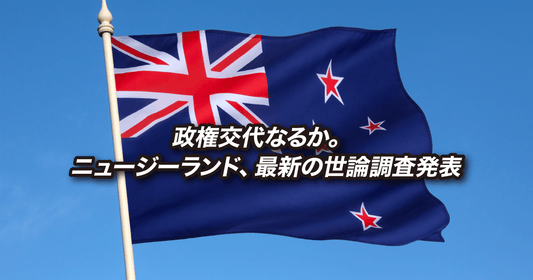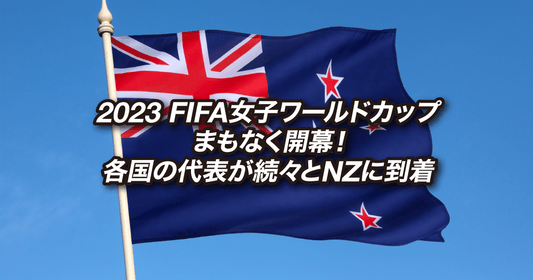
New Zealand is a popular tourist destination where you can enjoy nature to the fullest.
Of course, the starry sky is no exception. Tekapo, a small town with a population of less than 1,000 people located in the center of the South Island, is famous for its beautiful Lake Tekapo, but its starry sky is also said to be the best in the world.
You can actually see the Aurora in New Zealand! And it's predicted that the Aurora will be especially active this week.
Aurora Borealis
Famous places to observe the aurora include Northern Europe, Greenland, Iceland and Alaska, but because the aurora is an atmospheric luminous phenomenon seen near the polar regions of celestial bodies, it can of course be seen not only near the North Pole but also in New Zealand and Australia, which are close to the Antarctic.
The Arctic Aurora is called the Northern Lights or Aurora Borealis, while the Antarctic Aurora is called the Southern Lights or Aurora Australis.
In New Zealand, Lake Tekapo, the Otago Peninsula at the southern tip of the South Island, The Catlins in the southeast corner of the South Island, and Stewart Island, further south of the South Island, are famous locations for observing the Aurora.
This is the aurora photographed on Stewart Island at the end of last month.
Solar activity reaches "maximum"
It is expected that New Zealand will be able to see many auroras this week, as the solar cycle reaches its peak this week, which is called "solar maximum."
In addition, the solar storms that contain electromagnetic waves, particle rays, and particles that occur when a large solar flare occurs are said to be making not only the Southern Lights but also the Northern Lights more active. In New Zealand, the aurora has been observed mainly in the southern part of the country since the end of last month.
The news on February 28th featured photos of the aurora observed in Ivon Wilson Recreational Reserve, further southwest of Queenstown, a popular tourist destination in New Zealand.
▶︎ How New Zealand photographers captured the Aurora
This article also introduces the aurora that was observed in Wellington on the North Island. The aurora was photographed at Wahine Memorial Park, southeast of the capital, Wellington, at the end of January.
▶︎ Natural light show as Aurora Australis sets Wellington's south coast aglow
People who have been observing and photographing the aurora for many years, as well as experts, are all talking about how amazing this year's aurora is.
The fifth starry sky sanctuary
The South Wairarapa and Carterton districts , located northeast of Wellington, were designated as New Zealand's fifth dark sky reserve , the Wairarapa Dark Sky Reserve, earlier this year.
This is an initiative to protect the beautiful night sky free of light pollution run by the International Dark-Sky Association (IDA), a non-profit organization founded in the United States, and designates "Starry Sky Protection Areas" under the Starry Sky Protection Area Certification System.
New Zealand has already been recognized as a "Dark Sky Reserve," which is a public or private land with an area of 700 km2 or more that is certified as such , with the "Canterbury region" including Lake Tekapo and Mount Cook National Park being recognized as the "Aoraki Mackenzie Dark Sky Reserve." And in the "Dark Sky Reserve" category, this "Wairarapa Dark Sky Reserve" is the second to be recognized.
In addition, Aotea on Breat Barrier Island and Rakiura on Stewart Island have been certified as Dark Sky Sanctuaries , which are isolated areas with no outdoor lighting and a dark environment maintained in the vicinity.
In addition, three areas of the Wai Iti Recreation Reserve in Nelson have been certified as Dark Sky Parks , which are natural parks and forest parks.





